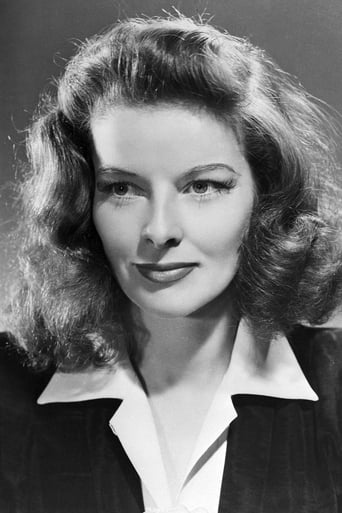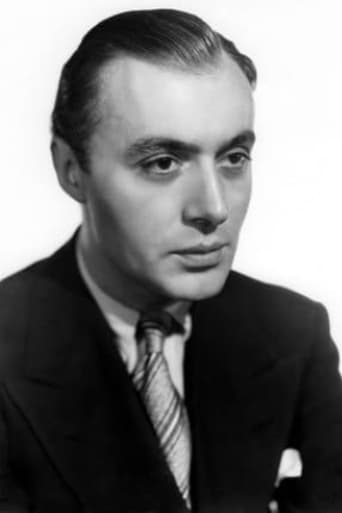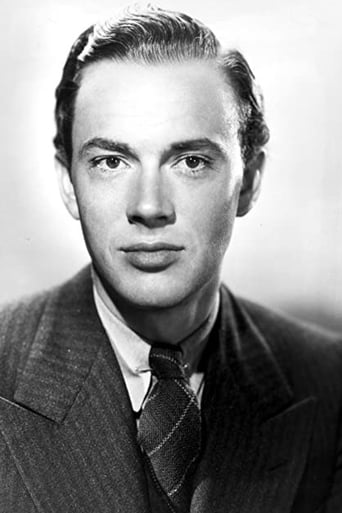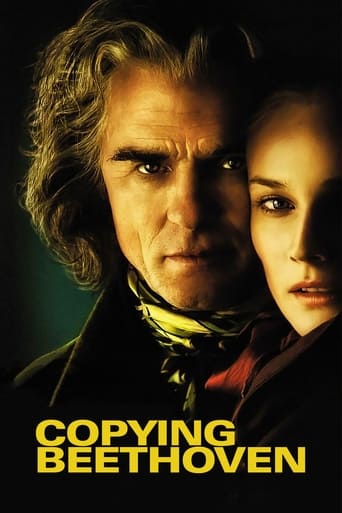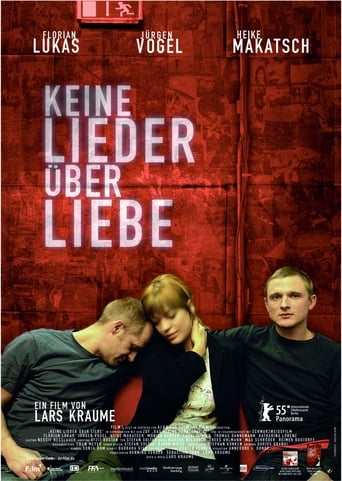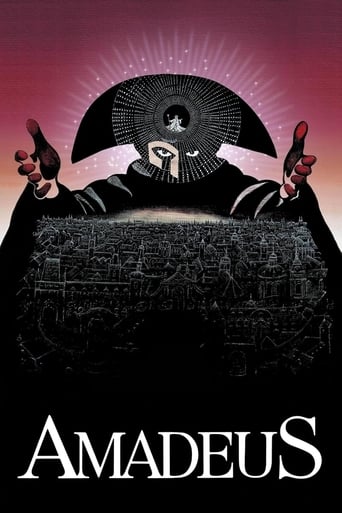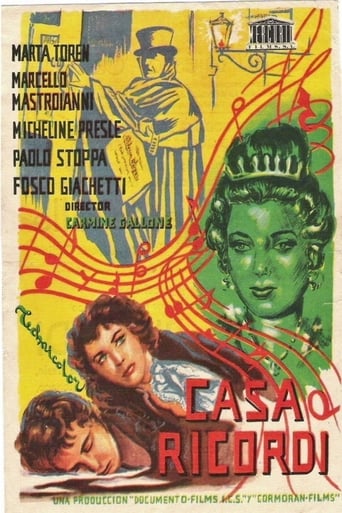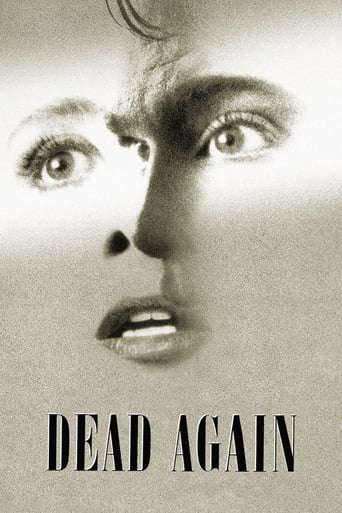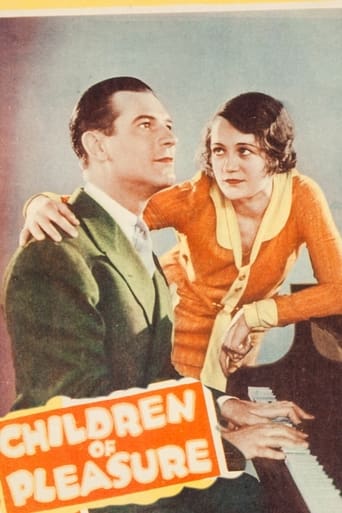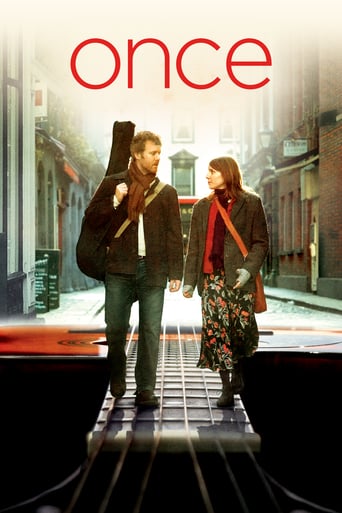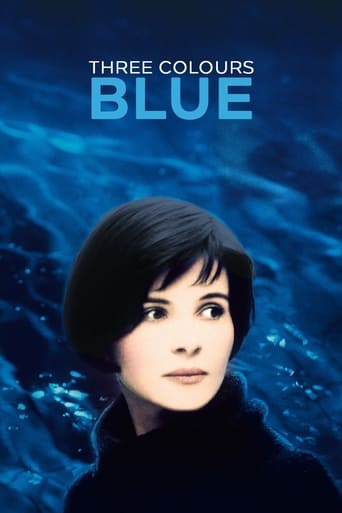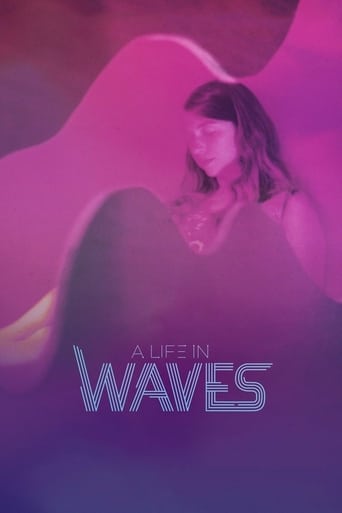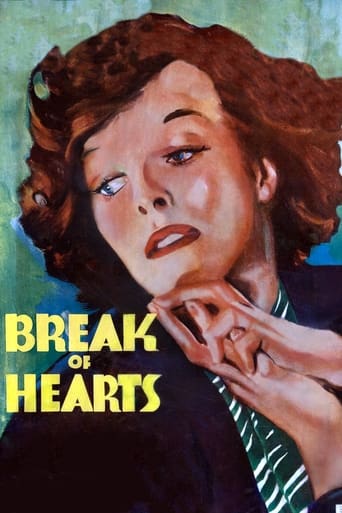
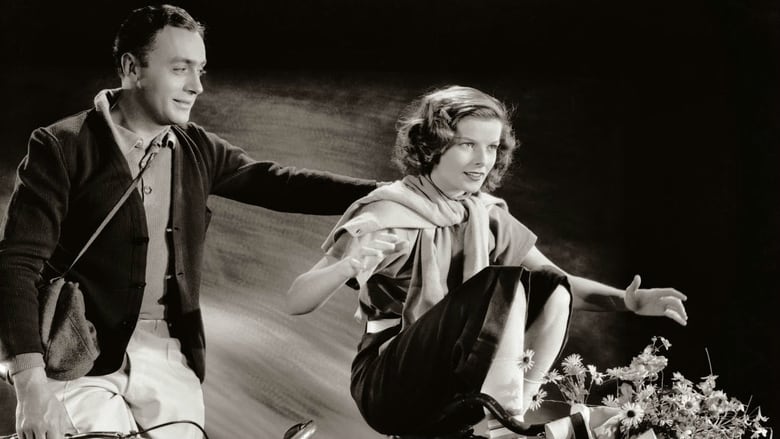
Break of Hearts (1935)
Constance, a poor but aspiring composer, meets the great conductor, Franz, through their old music teacher. They fall in love, despite Constance knowing about Franz's weakness for pretty women.
Watch Trailer
Cast


Similar titles
Reviews
Everyone hates Break of Hearts, but I wonder if its critics have actually seen the film recently or are merely relying on Andre Sennwald's negative review in The New York Times. In one respect at least, Sennwald is very, very wrong, and that is in his description of Moeller's direction as "lifeless and static". In actual fact, the direction is extremely similar to that employed in most modern films and television plays, in that it has an enormous and extraordinary reliance on close-ups. If Moeller's handling is "lifeless and static", I wonder what Sennwald would make of almost every movie release since 1980. Whereas Moeller's close-ups are radiant, full of shimmering light and beauty, most modern efforts are unbearably ugly. And whereas Moeller's close-ups are inventive, imaginative and well-crafted in their inspired use of various camera angles and set-ups, modern usage is invariably monotonous, arbitrary, and obtrusively jerky. When the mood is appropriate, Moeller does move his camera quite dramatically, whereas modern hacks employ a camera that always seems bolted to the floor. True, the radiantly beautiful close-ups of Hepburn and Boyer are achieved with the expert assistance of photographer Robert De Grasse. But even when lighting is not so important, Moeller's mise en scene, his handling of crowd scenes, etc., are likewise laudably effective. Admittedly, the story is old-hat, but it is put across with tremendous panache and sheer imaginative craftsmanship.
OK, here's the plot: Famous conductor and unknown composer fall in love and marry. He cheats on her, she walks out and won't return, he becomes a drunk, she returns and nurses him back to health. And, yes, that's IT! That's all there is, there isn't any more! It's as if the movie makers decided that, with Boyer and Hepburn on hand, no proper script was necessary. But this bare, banal drama is so devoid of interest no stars could save it, hard though they work to make something out of practically nothing.The absence of complexity makes Boyer's behaviour not only inexplicable but repellent. Why, after only a few months, does he cheat on his wife, whom we are told he loves passionately and who loves him? He tells her the other woman means nothing to him, she is the only woman he loves--typical banal, empty rhetoric of the cheating husband. Later, talking to a friend, he complains that his wife is immature and doesn't want to face real life. What does that mean--she wants him to be faithful? This puts the audience in the position of having to think, Oh, THAT's why he has a mistress--he's French! (Or, as we would say today, It's part of their culture.) Hepburn plays on the piano about a minute of a composition that Boyer inspires, but after that her composing is simply dropped, and her only role is the betrayed wife. She is also given a supportive, understanding boyfriend who looks and acts like her kid brother and who is played by an actor of no attractiveness or interest. These elements also make it seem as if the movie makers just couldn't be bothered.I give it a six for the fabulous leads, who, despite the dreary stuff they are saddled with, do their usual irresistible shtick-- Boyer passionate and seductive, and Hepburn is idealistic and luminous. If, as I do, you love watching them do it, this is worth your time, but you just see them doing it in a vacuum.
BREAK OF HEARTS (RKO Radio, 1935), directed by Philip Moeller, is not a movie dealing with gamblers in a card game, but a title in brief telling its movie patrons what to expect, that of a melodramatic story in the soap-opera mode. Starring the still youthful and radiant Katharine Hepburn in her seventh movie role and first 1935 release, it returns her to contemporary setting in New York City for the first time since her Academy Award winning performance in MORNING GLORY (1933). Rather than having Hepburn in the world of Broadway, offices of producers and theater actors, BREAK OF HEART places her in the love story of concerts and classical music. Aside from casting her opposite Charles Boyer (for the first time in a perfectly fitting role to his screen personality), it also reunites Hepburn with John Beal, her co-star from her previous effort of THE LITTLE MINISTER (1934). This time Beal assumes a secondary best friend character part in the manner that makes one immediately think of James Stewart.From the screenplay by Sarah Y. Mason, Victor Heerman and Anthony Veiller, the story opens in New York's Eastern Theater where Franz Roberti (Charles Boyer), a renowned musical conductor with "an eye for the ladies," places Elsie (Susan Fleming), one of his latest dates, in a taxi bound for home while he takes another to 31 Washington Square to visit with Professor Talma (Jean Hersholt), a music teacher who had guided Roberti to what he has become. While visiting with Talma, Roberti meets Constance Worth (Katharine Hepburn), a struggling young composer living in the apartment below, with whom he becomes well acquainted. Unable to buy a ticket to one of his concerts, Constance enters the theater to watch one of Roberti's rehearsals. After a month of courtship, the two marry and honeymoon throughout Europe. Upon their return to New York, Franz's many hours of concert rehearsals keeps him away from his wife. However, Constance takes pleasure in the company of Roberti's best friend, Johnny Lawrence (John Beal). At her insistence, Johnny takes Constance to dinner at the Ritz where, in the powder room, overhears gossip between two women about her husband. She finds the gossip to be true when finding Franz in the company of the gossiping socialite women, Sylvia DeWitt (Helene Millard) and Didi Lenox-Smith (Jean Howard). More because of his lying than anything else, the marriage leads to separation and individual hardships ahead. Others members of the supporting cast include: Sam Hardy (Mr. Goldmarks); Inez Courtney (Miss Wilson); Ferdinand Gottschalk (Enrico Pazzini, Roberti's Manager); and Lee Kohlmar (Schubert, one of the members of Roberti's concert ensemble). Take notice that one of the girls in the assortment of Franz Robert's picture frames of girlfriends looks like the blonde Lucille Ball.While BREAK OF HEARTS might have been a semi-biography of actual composers or symphony conductors, it's mostly a fictional modern-day story consisting of interludes involving classical music. Composition excerpts presented or heard throughout production (though not necessarily on chronological order) are: "Symphony # 9 in G Minor" by Antonin Dvorak; Robert Schumann's "Traumeroe" from Kinderscenen; "Symphony No. 8 in B Minor" by Franz Schubert; "Symphony No. 6 in B Minor, Opus 74" by Pyotir Tchiakovsky; "Tucca and Fugue in D Minor" by Johann Sebastian Bach; "Symphony No. 1 in C Minor" by Johannes Brahams, just to name a few. The contemporary songs worked into the plot are "Happy Go Lucky and Free" briefly sung not so well by Sam Hardy for a customer (played by Eddie Kane) at Goldmarks Music Publishing Company; and background scoring to "The Continental" heard during a New Year's Eve party.Following a series of prior successful and/or disappointing movie assignments for Hepburn, the material provided in BREAK OF HEARTS seemed quite familiar to 1930s movie audiences, considering how top actresses of the day, Greta Garbo or Norma Shearer, as prime examples, had tackled similar themes in their movies that have proved successful at the box-office. Hepburn on the other hand seemed out of character in such a story, especially during a couple of melodramatic moments. In spite of Hepburn and Boyer's fine work together, BREAK OF HEARTS reportedly didn't prove favorable at the box-office. Maybe this on-again, off-again romance story just wasn't Hepburn's forte after all, unless similarly done in the comedic mode opposite such fitting Hepburn leading men types as Cary Grant or Spencer Tracy.Being one of the least known or revived of Hepburn's 1930s RKO Radio productions, as opposed to commercial television dating back to the 1960s and 70s, or revivals at Hepburn film festivals, BREAK OF HEARTS did, however, become available on video cassette in the 1990s, even with occasional showings on cable television's American Movie Classics (prior to 2000) where the audio playback was distorted; and better audio and clearer print from Turner Classic Movies and its DVD release. BREAK OF HEARTS might never be scaled to great motion picture heights, but remains simply an average story for 78 minutes of screen entertainment. (***)
Alright, so it is clichéd, sappy, and, compared to today's standards, overacted and self-important...but so is Love. Two lost souls find their other half, and foolishly loose all. Max Steiner's theme given to Constance as her "song of love" is gorgeous. Hepburn is youthful enthusiasm and radiance, and manages a pretty strong portrayal of weakness for such a strong lady. Boyer can speak centuries of emotion with those incredible eyes. For anyone who feels deeply about music, this movie isn't so far-fetched--and it's great with popcorn! (This from a lover of depression era costuming--try to ignore the clown-collars they put poor Kate in after she is married--she looked better poor!) So it's a 1930's chick-flick. Relax and step back to a time when love was worth sacrificing everything for.


